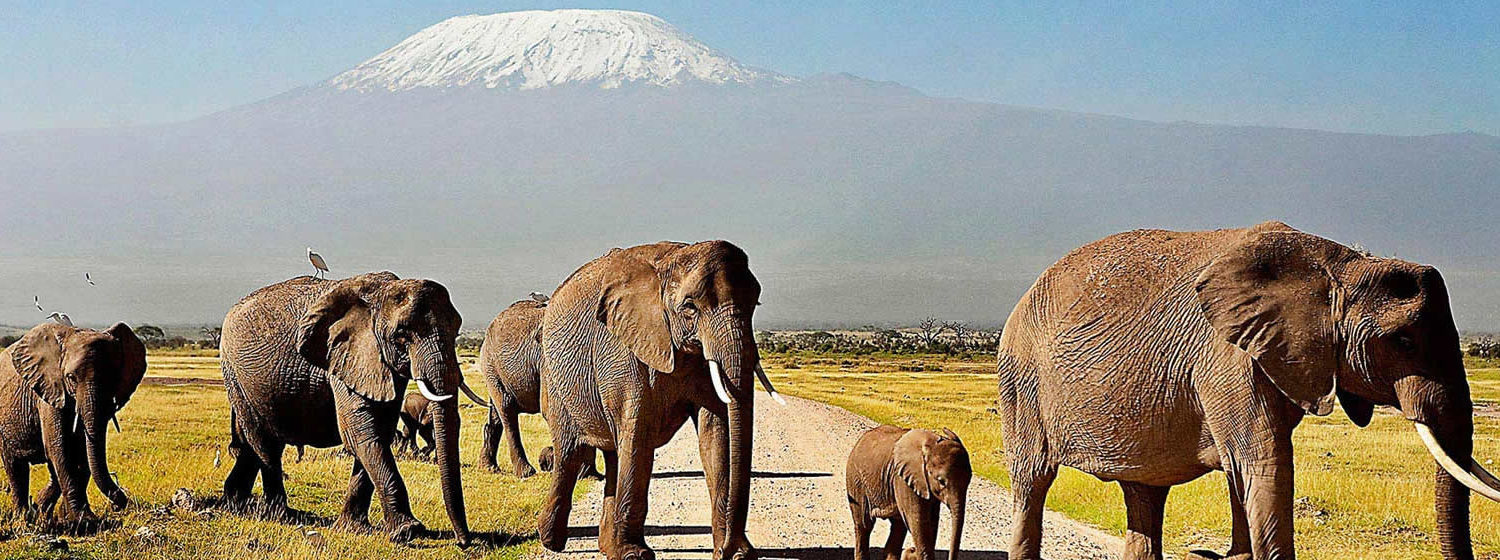Park Entrance Fees
Kenya has over 23 national parks, 15 national reserves, and more than 140 private conservancies that all have their own pricing system.The Kenya Wildlife Service (KWS) manages a large number of the National Parks, marine parks and reserves. The KWS used to have a Safaricard system, but this was abandoned in April 2017. These days it’s possible to pay with either credit card (MasterCard and Visa) or Mobile Money (MPESA, by Safaricom). It’s a smart idea to buy a SIM card and register this for MPESA at the start of your trip in Nairobi, as most places in Kenya prefer MPESA payment to cash. It is not possible to pay with cash at the entrance of KWS parks!
The best national parks in Kenya
There are a lot of wildlife safari destinations, national parks, national reserves and private conservancies that are well worth a visit in Kenya. We keep our blog updated about the most beautiful destinations in Kenya that you can visit with your rental car.
- Masai Mara
- Amboseli National Park
- Samburu, Shaba and Buffalo Springs National Reserve
- Laikipia Plateau
- Tsavo West & Tsavo East
Organise your game drive
Most Roadtrippers do the game drives by themselves. If you are a bit unlucky with viewing game and you have the feeling you’re missing out, you can always arrange for a ranger at the park entrance gate. The cost for a ranger differs per park, but is usually between 1500 and 3500 Ksh. Sometimes, lodges also provide ranger-guides to take you through the park. A tip of around $10 is highly appreciated by most rangers. Mzima Africa drivers are experienced safari guides that can take you around any national park in Kenya.
Encountering wildlife
Elephants and buffaloes are beautiful, giant creatures who will certainly leave a firm impression on your safari trip. As elephants love bushy areas (bush = food), they can sometimes appear from behind a bush very suddenly in close proximity to your car. When you are that close, the car suddenly feels slightly fragile compared to these huge animals.
So, safety tips are key here: always be alert and drive as if you would expect animals lurking around the corner. Keep an eye on moving bushes and trees. Keeping your distance is key. Never try to drive towards elephants intentionally. Heavy ear flapping, trumping their trunk and bluff charging are signs that he or she is a bit pissed off by your company.
When you encounter an elephant or lonely buffalo on the road, do the following: make sure you have a clear route to drive away if necessary, always leave your engine running, stay calm, keep your voices down and most of all, enjoy the experience!

